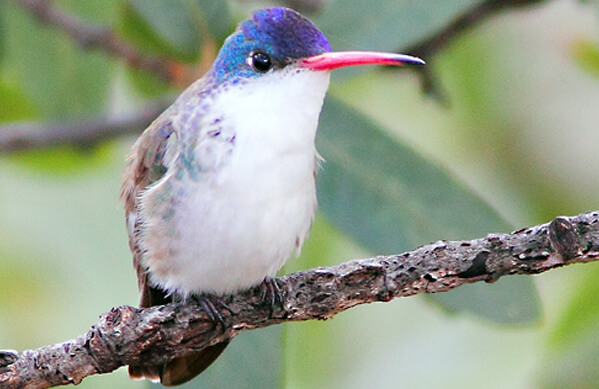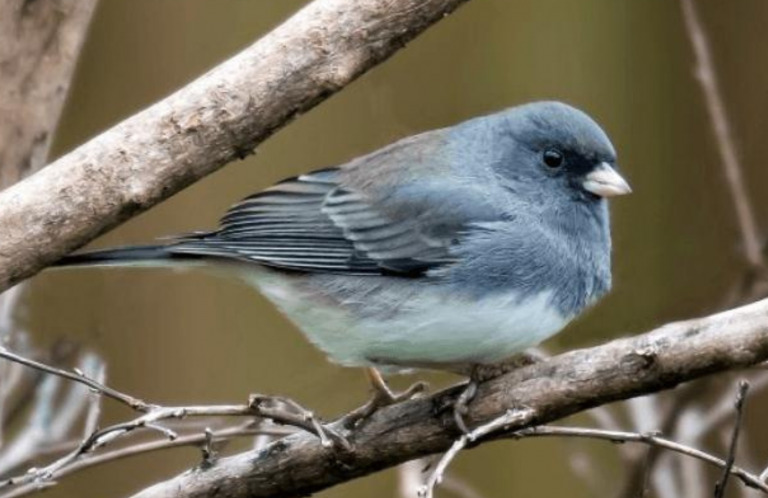Meeting and Supporting the Birds of the Southwest

On my first day in Tucson, I saw a Hooded Oriole. It was perched on a branch inside one of Tucson's many community gardens. I had never seen such a bright yellow bird and was struck by the contrast in color between its wings and dark black throat. These migratory birds come to nest in Tucson in spring and stay through the heat of summer. This one must have had a nearby nest as I learned it was a frequent visitor to the garden. Seeing this local species sparked my curiosity about what other kinds of winged creatures could be found in and around my neighborhood. My immediate fascination with this bird led me to go on my first nature walk in Sweetwater Wetlands Park.
I didn't know it at the time, but bird sightings would become a pathway to a deeper understanding of the unique ecosystems that compose the Southwest region. Birds play a vital role in supporting and indicating the health of local environments and maintaining biodiversity. In the Southwest, this is evident in the 350 species of birds found here.
I admittedly did not know much about the birds local to Tucson and the Southwest before moving here. My partner and I were struck by the focus on noise and light ordinances within city limits that help protect Tucson's unique wildlife including birds. We were also drawn in by the network of community gardens, and the 100-plus-mile protected trail that circles the city.
These qualities made Tucson the perfect place to land. We could not have imagined the kinds of picturesque and remarkable nature experiences that would endear us to the area and help us proudly call the region home. We learned about the unique way Tucson natives interact with and respect wildlife during a nighttime tour of the Saguaro National Park. We hiked some of the incredible mountains that surround the city and learned of the four distinct ecosystems found in the Southwest. As we explored more, we became familiar with the cacti, trees, and riparian areas along the Santa Cruz River that many bird species call home.
It is difficult for me to talk about birds without mentioning Northern Cardinals. They are my favorite birds and bring a sense of instant nostalgia whenever I see or hear them. Moving out west, I thought I would be saying goodbye to them. Little did I know that the Southwest has a unique red bird called the Pyrrhuloxia, also known as the Southwestern Cardinal. It prefers thorny shrubs or mesquite trees, and like the Northern Cardinals you can find elsewhere, the Pyrrhuloxia stays all year in the region of northern Mexico as well as my new home of Tucson. The Southwest Cardinal has a unique dusted silver undertone to accompany its reddish-orange plumage. The calls of the Northern and Southwestern Cardinals are similar, but I think the Pyrrhuloxia's song reflects the drier, arid, and uniquely beautiful habitat it calls home.
Ask anyone outside of the Southwest what they think a roadrunner looks like, and they may reference a classic cartoon drawn to reflect this iconic desert landscape we live in. I was pleasantly surprised to see this legendary bird dart across the bike trail during early spring last year. The Greater Roadrunner is also known as “the snake eater” for their miraculous ability to eat venomous snakes and insects. Near our home, we often see them in the early morning darting across the roads or popping seemingly out of nowhere. They frequently make their nests along paths, well concealed and at least three feet off the ground, close to streambeds where they can gather nesting material and food for chicks.
One of my new favorite birds is the Gambel's Quail. These were all over my southern Arizona neighborhood in early spring with their decorative black topknot and distinctive waddle. It is a joy to see them travel in family groups of chicks and adults, quickly moving from low shrubs shared with bunnies and across roadways. Their distinct call always catches me off guard in the best way. I read that they often have a lookout and I have experienced this myself. They always let me know if a coyote or other predator is close to the yard with their distinctive “alarm system.”
Hummingbirds are a pollinator I did not expect to find so far into the desert landscape of southern Arizona. Yet, there are quite a few varieties here. When the Palo Verde trees bloomed this year, I suddenly saw them everywhere. Anna's Hummingbirds are prevalent where I live as well as Costa's and a few Berylline Hummingbirds, which I was happily surprised to see.
As a new member of the Tucson community, I hope that I am fortunate enough to see more of the birds that make this region one of the most diverse and wonderful places to visit. When my nieces come to visit me next year, I want them to experience that same sense of awe and wonder at the incredible diversity of birds found here. However, there is a risk that none of us will be able to hear the calls of the landbirds, songbirds, or raptors of the Southwest much longer if we do not take collective action.
Threats from riparian habitat loss, environmental pollution, and deadly chemicals all impact birds. One of the most pressing challenges facing birds in our region comes from pesticides. Pesticide use including neonicotinoids is causing harm to our bird species here in Tucson and across the Southwest. Birds face lower reproduction rates and death due to ingesting plants and seeds that contain these chemicals. Pesticides have also led to a decline in insect populations, which has a devastating effect on aerial insectivores like flycatchers and swallows. I have learned that pesticide use and its impact on birds is a complex issue, and yet it is heartening to know that reliable data exist to support reasonable policies that prevent the most damaging effects of pesticides.
I know that for the vibrant bird life to survive and thrive in our region, we need support from across the country to protect species like my friend the Pyrrhuloxia, the Montezuma Quail, and the Southwestern Willow Flycatcher. No matter where you are in the U.S., you can support efforts to keep harmful pesticides out of communities and advocate for stronger regulations on pesticides.


















































